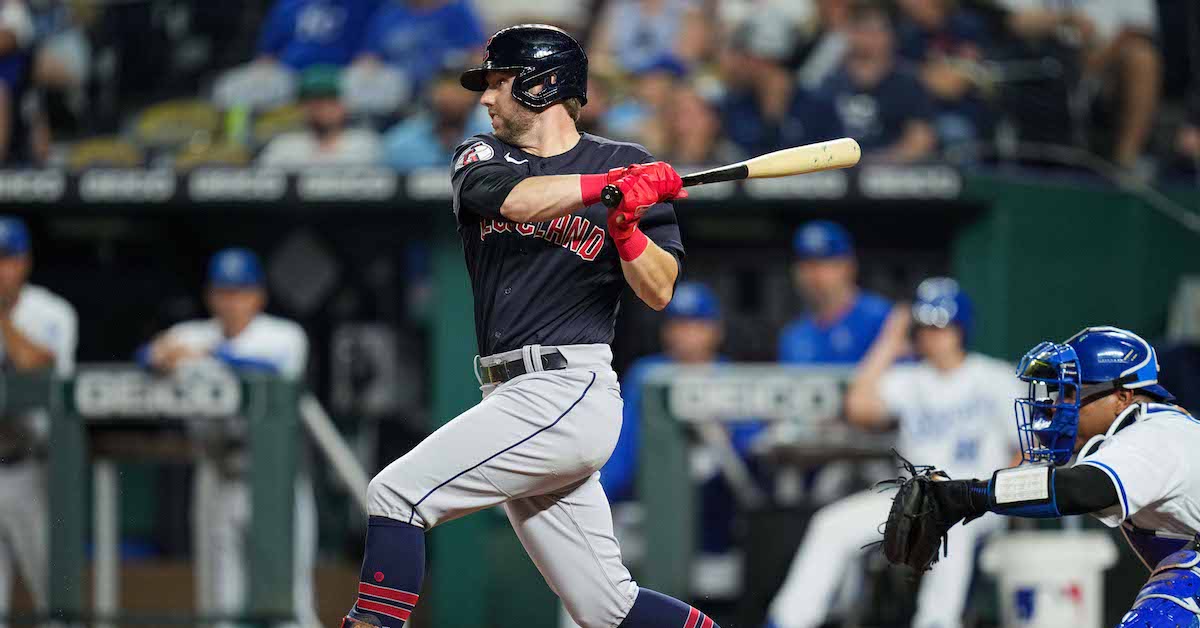New Brewer Owen Miller Is Evolving as a Hitter (Or at Least Trying To)

What kind of hitter did the Milwaukee Brewers get when they acquired Owen Miller from the Cleveland Guardians on Wednesday in exchange for a player to be named later or cash? Statistically speaking, the answer is someone who put up uninspiring numbers in his first full big-league season. The infielder, who recently turned 26 years old, logged a .287 wOBA and an 85 wRC+ in 472 plate appearances. After starting strong — he had a 1.043 OPS on May 8, and had delivered a number of clutch hits — Miller provided only a modicum of value with the bat.
In terms of his overall development as a hitter, Miller has evolved — intent-wise more than production-wise to this point — from the player who Eric Longenhagen described prior to the 2021 season. Ranking him No. 14 on that year’s Cleveland Top Prospects list, our lead prospect analyst wrote that the former third-round pick out of Illinois State University had a “minimalistic swing [that] enables him to make high rates of contact, while the strength in Miller’s hands generates doubles power.”
Miller stroked 26 doubles this past season, but only six home runs, and he had 93 strikeouts to go with 32 walks. By and large, he remains a work-in-progress — albeit one who can provide value with his versatility while continuing to work on his offensive skills.
The newest Brewer talked hitting in an interview that took place a handful of months into the season, only to be placed on the back burner until now.
———
David Laurila: How would you describe yourself as a hitter?
Owen Miller: “I’ve kind of changed, I would say. When I was younger — coming up in college, and in the minors — I was very contact-oriented, with a very line drive approach. I was handsy, trying to manipulate my barrel. Then, over the quarantine period when we had time to work on things… I understood that there are things that elite hitters do as far as using their bodies more, and I started to make some swing changes off of that. Not really swing changes, per se, but rather adjustments. Read the rest of this entry »







